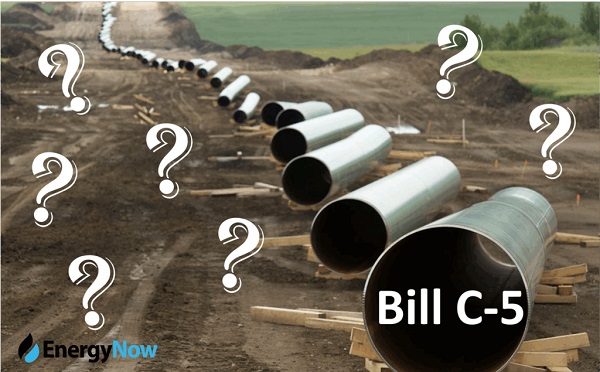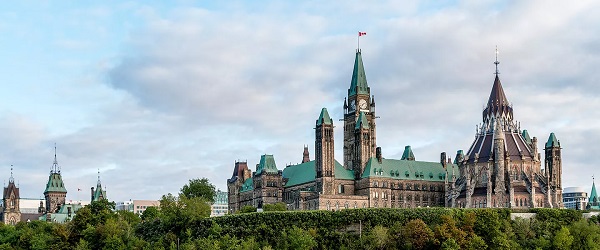Alberta
New gas reserves take Canada into global top 10
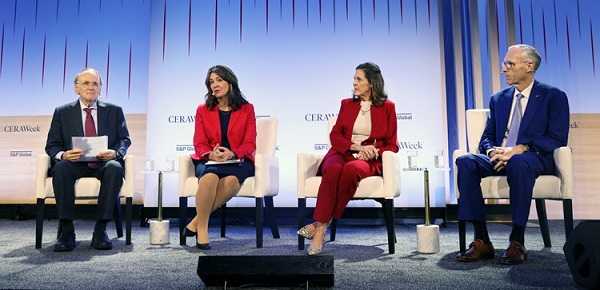
Left to right – Daniel Yergin, vice chairman S&P Global; Hon. Danielle Smith, Premier of Alberta; Hon. Susan B. Bourgeois., Louisiana Secretary of Economic Development; and Jim Fitterling, CEO Dow Inc.
New Alberta reserves study finds Alberta’s gas reserves have increased six-fold, moving Canada’s gas reserves into the top 10 globally.
Alberta has always been a giant when it comes to natural gas, but after looking carefully at the Montney, Duvernay and the Deep Basin, new data has identified that the total gas resource in ground exceeds 1,360 trillion cubic feet (TCF). Of this, 130TCF is proved and recoverable gas reserves. For comparison, the latest U.S. government reserve number, using comparable methodologies, for Texas natural gas is 170TCF.
|
Gas (TCF) |
Oil (billion barrels) |
|
| Current Resource in Ground* |
1360 |
1820 |
| Previous AER Reserve number |
24 |
159.4 |
| 2025 McDaniel Proved Reserve study |
130** |
167*** |
| EIA Texas Reserves (2023) |
170 |
20 |
| * resource in ground number reflects an estimate of total resource in place.
** with proved and probable 144TCF. *** oil reserve studies for all basins not yet complete. |
||
Adding these new gas reserves to other provinces’ reserves sees Canada’s overall gas number more than double and results in Canada’s ranking moving from number 15 to number nine globally.
When it comes to oil reserves, Alberta remains a titan with a total resource in ground number of 1.8 trillion barrels. Oilsands proven reserves are more than 165 billion recoverable barrels and there is other growth. For example, new opportunities like the Clearwater basin which has almost two billion barrels of new reserves. For comparison, Texas’ proved oil reserves sit at 20 billion barrels.
Alberta’s global ranking for oil has not changed, however the increase of seven billion additional proved barrels does result in extending the province’s total years of overall oil supply to 137 years.
“Alberta’s responsible energy sector has embraced technology and innovation, and these advancements have allowed us to unlock material gas reserves that were previously not accounted for. While other jurisdictions could face inventory concerns in the future, Alberta’s reserves will be essential for North America to continue accessing affordable energy.”
“This announcement reinforces that Alberta has the reserves needed to enhance long-term energy security for our trading partners. With vast amounts of gas, oil and liquids, Alberta’s energy sector is ready and willing to work with our U.S. partners to achieve global energy security.”
The study to review Alberta’s natural gas and oil reserves was commissioned by the Alberta Energy Regulator and was conducted by McDaniel and Associates Consultants. McDaniel is still completing this work and a final number for all fields and growth areas will be completed in the coming weeks.
“The continued expansion of Alberta’s reserves offers immense potential for long-term energy security, ensuring a reliable source of energy to support both domestic needs and international markets.”
Alberta’s government is working closely with industry to determine all options for egress to market in support of our aspiration to double Alberta’s oil and gas production.
Faced with uncertainty around trade and security, Alberta’s government remains focused on diplomacy and continuing to build a resilient and diversified economy that is better positioned to withstand external shocks and ensure long-term prosperity.
Background
- Reserves are the most accurate measure of a jurisdiction’s future oil and gas potential. McDaniel and the Alberta Energy Regulator use the Canadian Oil and Gas Evaluation Handbook methodology to perform reserve studies.
- Reserves are estimated volumes of hydrocarbon resources that analysis of geologic and engineering data demonstrates with reasonable certainty are recoverable under existing economic and operating conditions. Reserves estimates change from year to year because of:
- price and cost changes
- new discoveries
- thorough appraisals of existing fields
- existing reserves production
- new and improved production techniques and technologies
Quick facts
- In 2023, Alberta produced 10.9 billion cubic feet per day (bcf/d) of natural gas. This was 61 per cent of Canadian natural gas production in 2023.
- Alberta is also the largest supplier of natural gas to the U.S. In 2023, Alberta exported 4.54 bcf/d to the U.S.
- Alberta oil directly supports more than 50 U.S.-based refineries with direct investment in more than 20 U.S. states, and is essential to affordability, growth, economic prosperity and energy security in the U.S.
- The U.S. Midwest continues to be the largest market for Canadian crude oil, followed by the U.S. Gulf Coast.
- As 2025 began, U.S. imports of crude oil from Canada reached a weekly record 4.42 million barrels per day, with the majority supplied by Alberta.
Alberta
Alberta judge sides with LGBT activists, allows ‘gender transitions’ for kids to continue

From LifeSiteNews
‘I think the court was in error,’ Alberta Premier Danielle Smith has said. ‘There will be irreparable harm to children who get sterilized.’
LGBT activists have won an injunction that prevents the Alberta government from restricting “gender transitions” for children.
On June 27, Alberta King’s Court Justice Allison Kuntz granted a temporary injunction against legislation that prohibited minors under the age of 16 from undergoing irreversible sex-change surgeries or taking puberty blockers.
“The evidence shows that singling out health care for gender diverse youth and making it subject to government control will cause irreparable harm to gender diverse youth by reinforcing the discrimination and prejudice that they are already subjected to,” Kuntz claimed in her judgment.
Kuntz further said that the legislation poses serious Charter issues which need to be worked through in court before the legislation could be enforced. Court dates for the arguments have yet to be set.
READ: Support for traditional family values surges in Alberta
Alberta’s new legislation, which was passed in December, amends the Health Act to “prohibit regulated health professionals from performing sex reassignment surgeries on minors.”
The legislation would also ban the “use of puberty blockers and hormone therapies for the treatment of gender dysphoria or gender incongruence” to kids 15 years of age and under “except for those who have already commenced treatment and would allow for minors aged 16 and 17 to choose to commence puberty blockers and hormone therapies for gender reassignment and affirmation purposes with parental, physician and psychologist approval.”
Just days after the legislation was passed, an LGBT activist group called Egale Canada, along with many other LGBT organizations, filed an injunction to block the bill.
In her ruling, Kuntz argued that Alberta’s legislation “will signal that there is something wrong with or suspect about having a gender identity that is different than the sex you were assigned at birth.”
She further claimed that preventing minors from making life-altering decisions could inflict emotional damage.
However, the province of Alberta argued that these damages are speculative and the process of gender-transitioning children is not supported by scientific evidence.
“I think the court was in error,” Alberta Premier Danielle Smith said on her Saturday radio show. “That’s part of the reason why we’re taking it to court. The court had said there will be irreparable harm if the law goes ahead. I feel the reverse. I feel there will be irreparable harm to children who get sterilized at the age of 10 years old – and so we want those kids to have their day in court.”
READ: Canadian doctors claim ‘Charter right’ to mutilate gender-confused children in Alberta
Overwhelming evidence shows that persons who undergo so-called “gender transitioning” procedures are more likely to commit suicide than those who are not given such irreversible surgeries. In addition to catering to a false reality that one’s sex can be changed, trans surgeries and drugs have been linked to permanent physical and psychological damage, including cardiovascular diseases, loss of bone density, cancer, strokes and blood clots, and infertility.
Meanwhile, a recent study on the side effects of “sex change” surgeries discovered that 81 percent of those who have undergone them in the past five years reported experiencing pain simply from normal movements in the weeks and months that followed, among many other negative side effects.
Alberta
Why the West’s separatists could be just as big a threat as Quebec’s
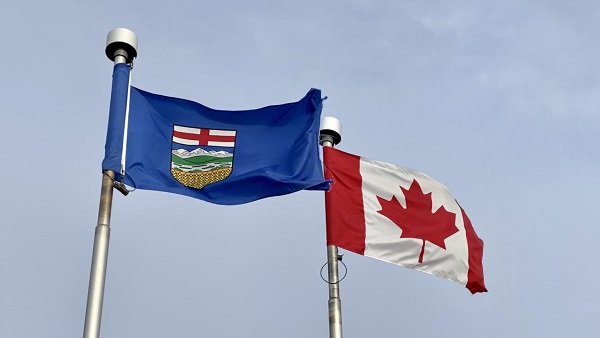
By Mark Milke
It is a mistake to dismiss the movement as too small
In light of the poor showing by separatist candidates in recent Alberta byelections, pundits and politicians will be tempted to again dismiss threats of western separatism as over-hyped, and too tiny to be taken seriously, just as they did before and after the April 28 federal election.
Much of the initial skepticism came after former Leader of the Opposition Preston Manning authored a column arguing that some in central Canada never see western populism coming. He cited separatist sympathies as the newest example.
In response, (non-central Canadian!) Jamie Sarkonak argued that, based upon Alberta’s landlocked reality and poll numbers (37 per cent Alberta support for the “idea” of separation with 25 per cent when asked if a referendum were held “today”), western separation was a “fantasy” that “shouldn’t be taken seriously.” The Globe and Mail’s Andrew Coyne, noting similar polling, opined that “Mr. Manning does not offer much evidence for his thesis that ‘support for Western secession is growing.’”
Prime Minister Mark Carney labelled Manning’s column “dramatic.” Toronto Star columnist David Olive was condescending. Alberta is “giving me a headache,” he wrote. He argued the federal government’s financing of “a $34.2-billion expansion of the Trans Mountain pipeline (TMX)” as a reason Albertans should be grateful. If not, wrote Olive, perhaps it was time for Albertans to “wave goodbye” to Canada.
As a non-separatist, born-and-bred British Columbian, who has also spent a considerable part of his life in Alberta, I can offer this advice: Downplaying western frustrations — and the poll numbers — is a mistake.
One reason is because support for western separation in at least two provinces, Alberta and Saskatchewan, is nearing where separatist sentiment was in Quebec in the 1970s.
In our new study comparing recent poll numbers from four firms (Angus Reid Institute, Innovative Research Group, Leger, and Mainstreet Research), the range of support in recent months for separation from Canada in some fashion is as follows, from low to high: Manitoba (6 per cent to 12 per cent); B.C. (nine per cent to 20 per cent); Saskatchewan (20 per cent to 33 per cent) and Alberta (18 per cent to 36.5 per cent). Quebec support for separation was in a narrow band between 27 per cent and 30 per cent.
What such polling shows is that, at least at the high end, support for separating from Canada is now higher in Saskatchewan and Alberta than in Quebec.
Another, even more revealing comparison is how western separatist sentiment now is nearing actual Quebec votes for separatism or separatist parties back five decades ago. The separatist Parti Québécois won the 1976 Quebec election with just over 41 per cent of the vote. In the 1980 Quebec referendum on separation, “only” 40 per cent voted for sovereignty association with Canada (a form of separation, loosely defined). Those percentages were eclipsed by 1995, when separation/sovereignty association side came much closer to winning with 49.4 per cent of the vote.
Given that current western support for separation clocks in at as much as 33 per cent in Saskatchewan and 36.5 per cent in Alberta, it begs this question: What if the high-end polling numbers for western separatism are a floor and not a ceiling for potential separatist sentiment?
One reason why western support for separation may yet spike is because of the Quebec separatist dynamic itself and its impact on attitudes in other parts of Canada. It is instructive to recall in 1992 that British Columbians opposed a package of constitutional amendments, the Charlottetown Accord, in a referendum, in greater proportion (68.3 per cent) than did Albertans (60.2 per cent) or Quebecers (56.7 per cent).
Much of B.C.’s opposition (much like in other provinces) was driven by proposals for special status for Quebec. It’s exactly why I voted against that accord.
Today, with Prime Minister Carney promising a virtual veto to any province over pipelines — and with Quebec politicians already saying “non” — separatist support on the Prairies may become further inflamed. And I can almost guarantee that any whiff of new favours for Quebec will likely drive anti-Ottawa and perhaps pro-separatist sentiment in British Columbia.
There is one other difference between historic Quebec separatist sentiment and what exists now in a province like Alberta: Alberta is wealthy and a “have” province while Quebec is relatively poor and a have-not. Some Albertans will be tempted to vote for separation because they feel the province could leave and be even more prosperous; Quebec separatist voters have to ask who would pay their bills.
This dynamic again became obvious, pre-election, when I talked with one Alberta CEO who said that five years ago, separatist talk was all fringe. In contrast, he recounted how at a recent dinner with 20 CEOs, 18 were now willing to vote for separation. They were more than frustrated with how the federal government had been chasing away energy investment and killing projects since 2015, and had long memories that dated back to the National Energy Program.
(For the record, they view the federal purchase of TMX as a defensive move in response to its original owner, Kinder Morgan, who was about to kill the project because of federal and B.C. opposition. They also remember all the other pipelines opposed/killed by the Justin Trudeau government.)
Should Canadians outside the West dismiss western separatist sentiment? You could do that. But it’s akin to the famous Clint Eastwood question: Do you feel lucky?
Mark Milke is president and founder of the Aristotle Foundation for Public Policy and co-author, along with Ven Venkatachalam, of Separatist Sentiment: Polling comparisons in the West and Quebec.
-

 COVID-198 hours ago
COVID-198 hours agoOntario man launches new challenge against province’s latest attempt to ban free expression on roadside billboards
-
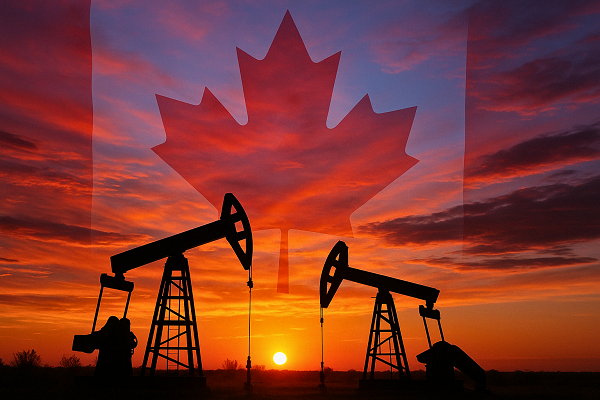
 Energy16 hours ago
Energy16 hours agoThis Canada Day, Celebrate Energy Renewal
-

 Business1 day ago
Business1 day agoWhile China Hacks Canada, B.C. Sends Them a Billion-Dollar Ship Building Contract
-
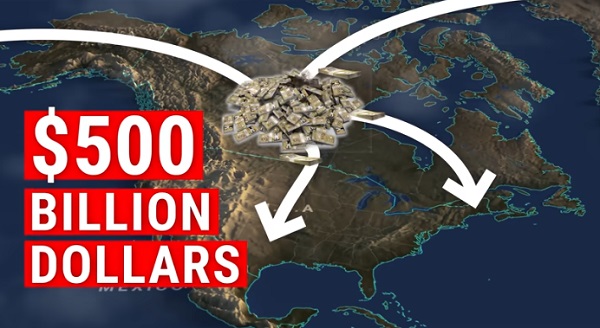
 Alberta1 day ago
Alberta1 day agoSo Alberta, what’s next?
-
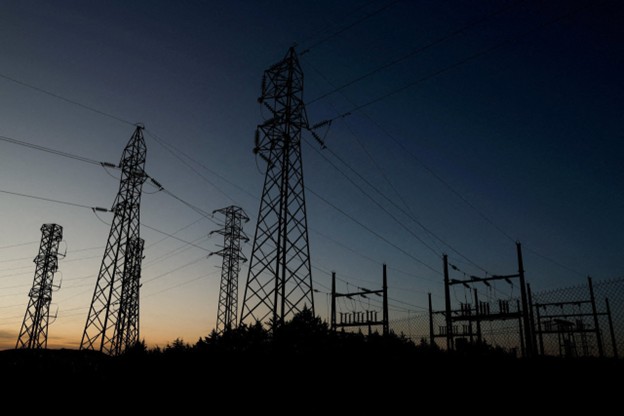
 Bjorn Lomborg1 day ago
Bjorn Lomborg1 day agoThe Physics Behind The Spanish Blackout
-
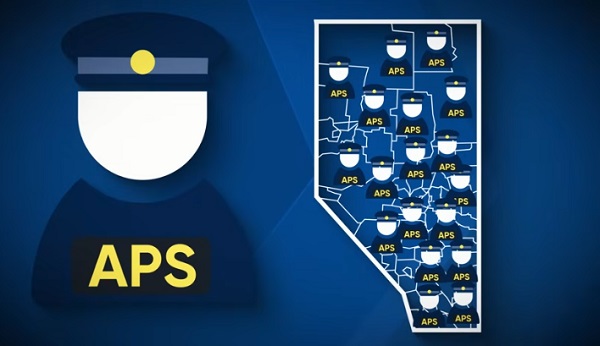
 Alberta7 hours ago
Alberta7 hours agoAlberta Next Takes A Look At Alberta Provincial Police Force
-

 International10 hours ago
International10 hours agoPresident Xi Skips Key Summit, Adding Fuel to Ebbing Power Theories
-

 Alberta9 hours ago
Alberta9 hours agoCanadian Oil Sands Production Expected to Reach All-time Highs this Year Despite Lower Oil Prices





